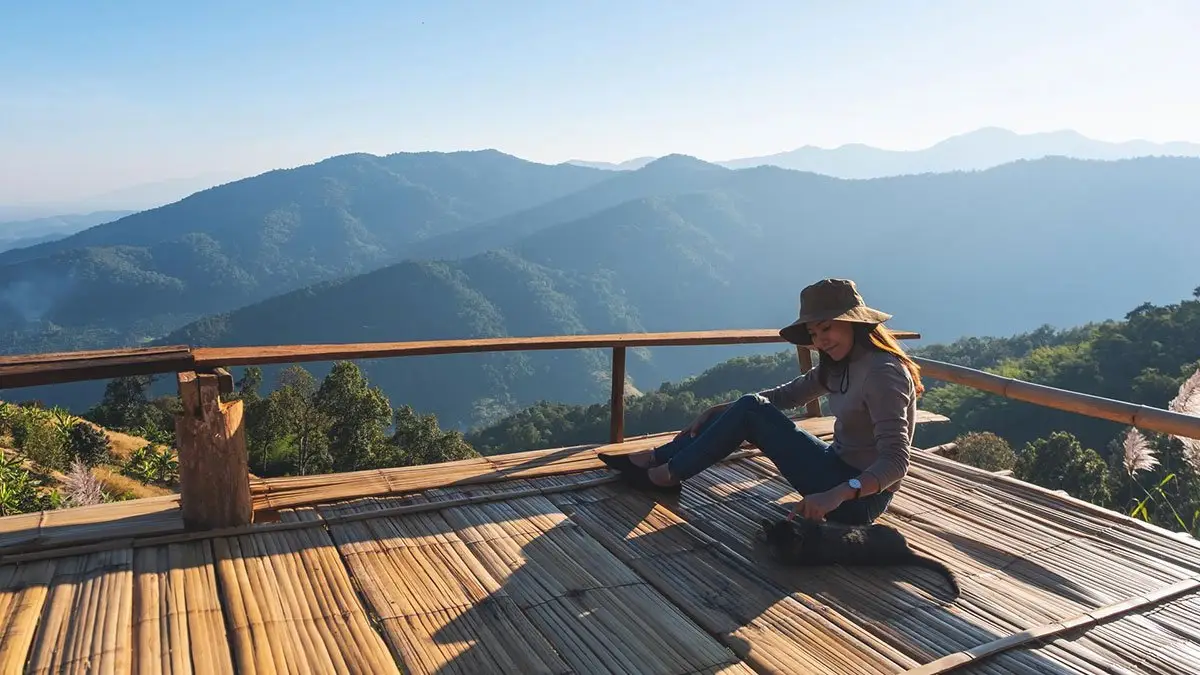Imagine walking down a busy city street, surrounded by towering buildings and the constant hum of traffic. Suddenly, you stumble upon a small patch of dense, lush greenery tucked between two apartment blocks. Welcome to the world of tiny forests, nature’s answer to the concrete jungle!

Tiny forests, also known as mini-forests or pocket forests, are exactly what they sound like – small, densely planted areas of trees and shrubs that pack the punch of a full-sized forest in a fraction of the space. It’s like having a slice of wilderness right in the heart of the city!
But these pint-sized woodlands aren’t just pretty to look at. They’re emerging as a powerful tool in the fight against urban air pollution and the loss of biodiversity in our cities. Think of them as nature’s air purifiers and wildlife hotels, all rolled into one compact package.
The Secret Behind Tiny Forests
The concept of tiny forests was pioneered by Japanese botanist Akira Miyawaki in the 1970s. His method involves planting native species very closely together, creating a dense, multi-layered forest that grows much faster than traditional plantations. It’s like giving nature a turbo boost!
Here’s the magic formula:
1. Choose a variety of native plant species
2. Plant them very close together (up to 3-5 trees per square meter)
3. Add a thick layer of mulch to retain moisture
4. Let nature do its thing!
The result? A mini-ecosystem that grows up to 10 times faster and becomes 30 times denser than conventional tree plantations. It’s like watching a time-lapse video of forest growth in real-time!
Breathing Easier in the City
So, how can these pocket-sized forests help combat air pollution? Well, trees are nature’s air filters. They absorb harmful pollutants and release clean oxygen. But tiny forests take this to the next level.
Because they’re so densely planted, tiny forests can absorb up to 30 times more carbon dioxide and produce 30 times more oxygen than a traditional forest of the same size. It’s like having a supercharged air purifier right in your neighborhood!

But the benefits don’t stop there. Tiny forests also:
1. Reduce the urban heat island effect by cooling the air
2. Absorb noise pollution
3. Improve soil quality
4. Increase biodiversity by providing habitats for birds, insects, and small mammals
5. Boost mental health by providing green spaces for city dwellers
It’s like creating a mini-wildlife sanctuary and wellness center all in one!
Tiny Forests Around the World
Cities across the globe are catching on to the tiny forest trend. In the Netherlands, the IVN Nature Education organization has planted over 100 tiny forests since 2015. These pocket woodlands, some as small as a tennis court, are becoming hubs for biodiversity and community engagement.
In India, the city of Bangalore has embraced the concept to combat its notorious air pollution. They’ve planted over 50 tiny forests, transforming barren plots into thriving green spaces. It’s like watching the city breathe a collective sigh of relief!
Even in space-starved Tokyo, tiny forests are popping up on corporate campuses and in small urban pockets. These green oases provide a refreshing contrast to the city’s concrete landscape, proving that nature can thrive even in the most unlikely places.
Creating Your Own Mini-Forest
Inspired to start your own tiny forest? Here are some tips to get you started:
1. Find a spot: Look for unused urban spaces like vacant lots, school yards, or even your backyard.
2. Test the soil: Understanding your soil type will help you choose the right plants.
3. Choose native species: Pick a variety of trees, shrubs, and ground cover plants native to your area.
4. Plant densely: Remember, the key is to mimic natural forest growth.
5. Mulch and water: Give your mini-forest a good start with proper mulching and initial watering.
6. Let it grow: Resist the urge to prune or tidy. A wild look is what you’re aiming for!
Remember, even a space as small as 100 square feet can become a thriving tiny forest. It’s like having your own piece of wilderness to nurture and watch grow!
The Future is Tiny (Forests)
As our cities continue to grow and air pollution remains a pressing concern, tiny forests offer a glimmer of hope. They show us that even in the most urban environments, nature can find a way to thrive – with a little help from us.
These pocket-sized forests are more than just green spaces. They’re living, breathing examples of how we can work with nature to create healthier, more livable cities. They remind us that sometimes, the biggest impacts come in the smallest packages.
So, next time you’re walking through your city, keep an eye out for these miniature marvels. Better yet, why not start planning your own? With tiny forests, we have the power to transform our urban landscapes one small plot at a time. After all, who says you need a huge space to make a forest-sized impact?


















































